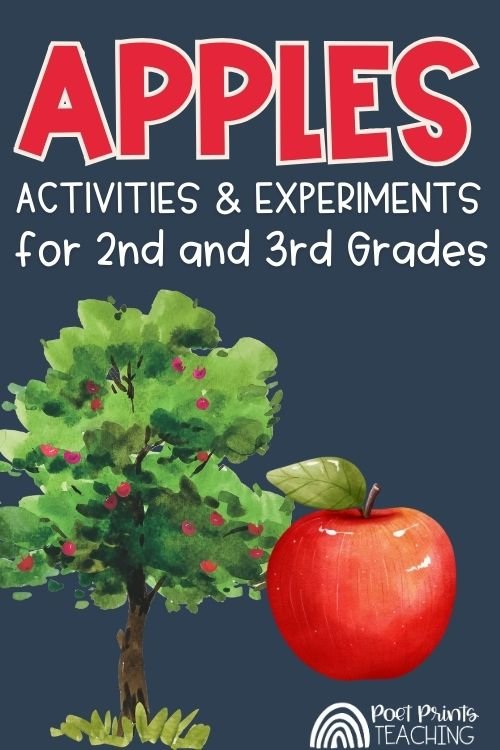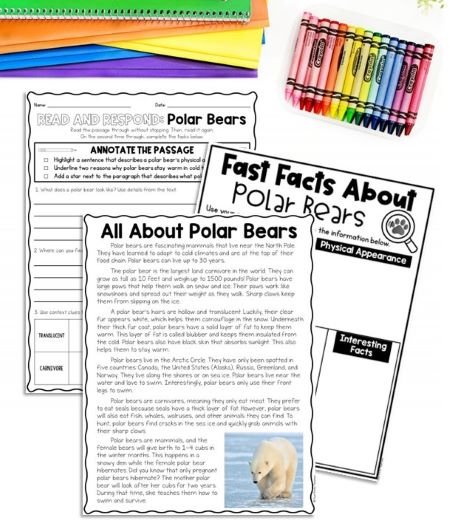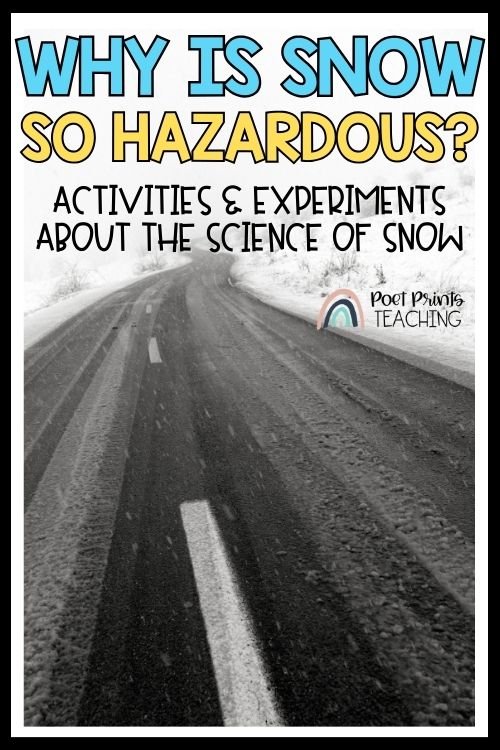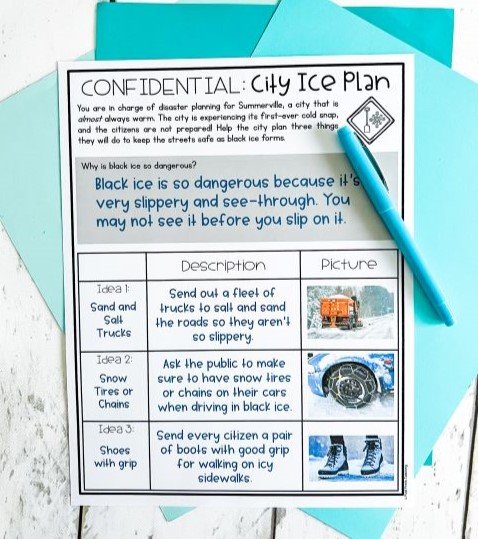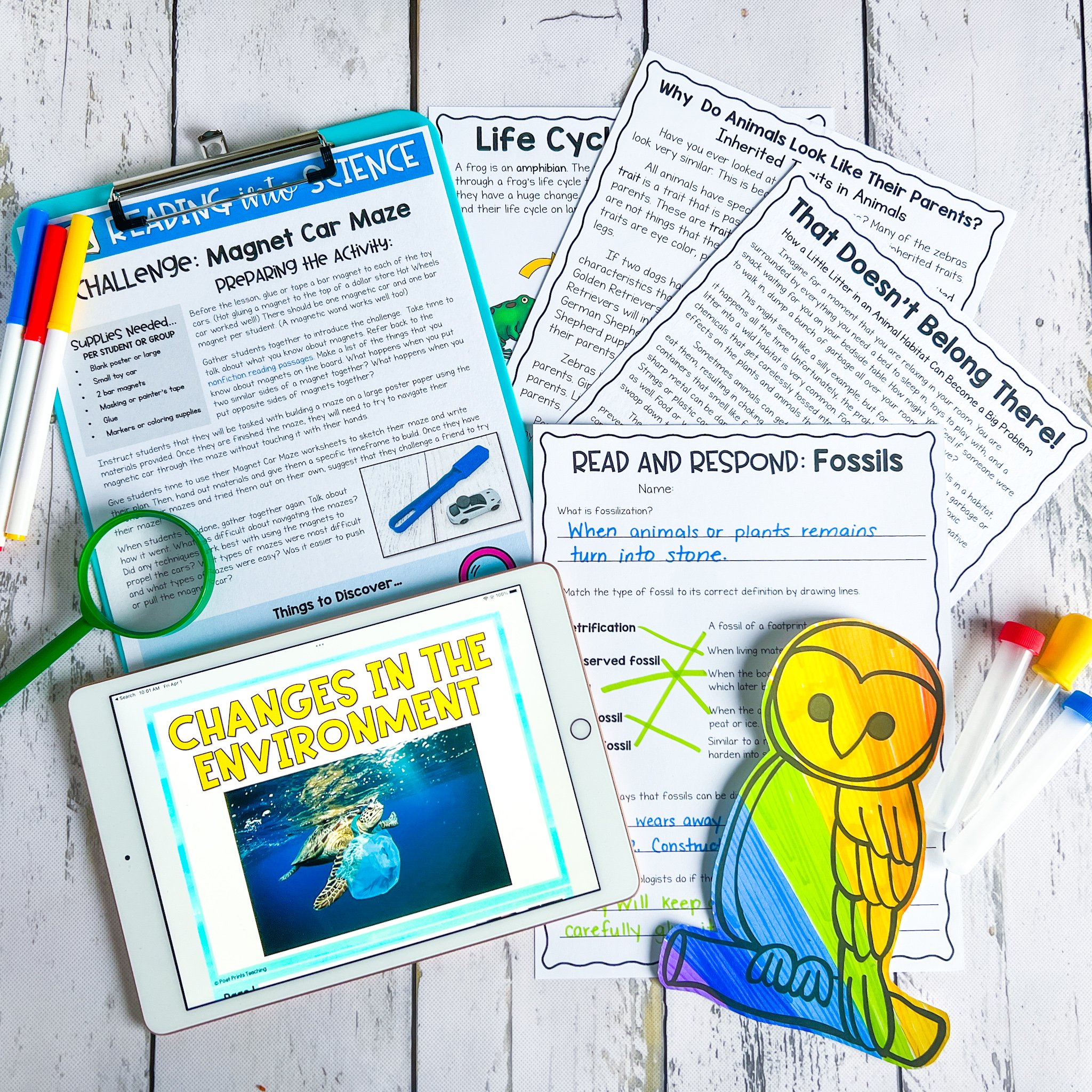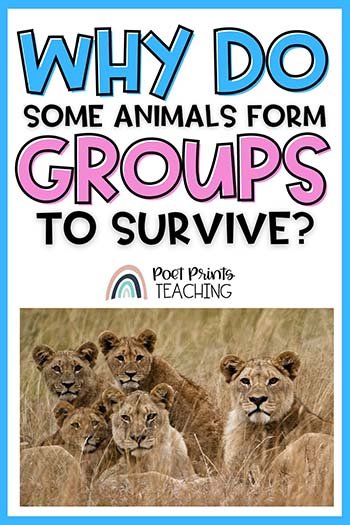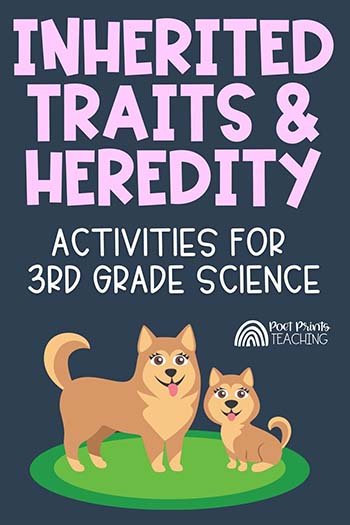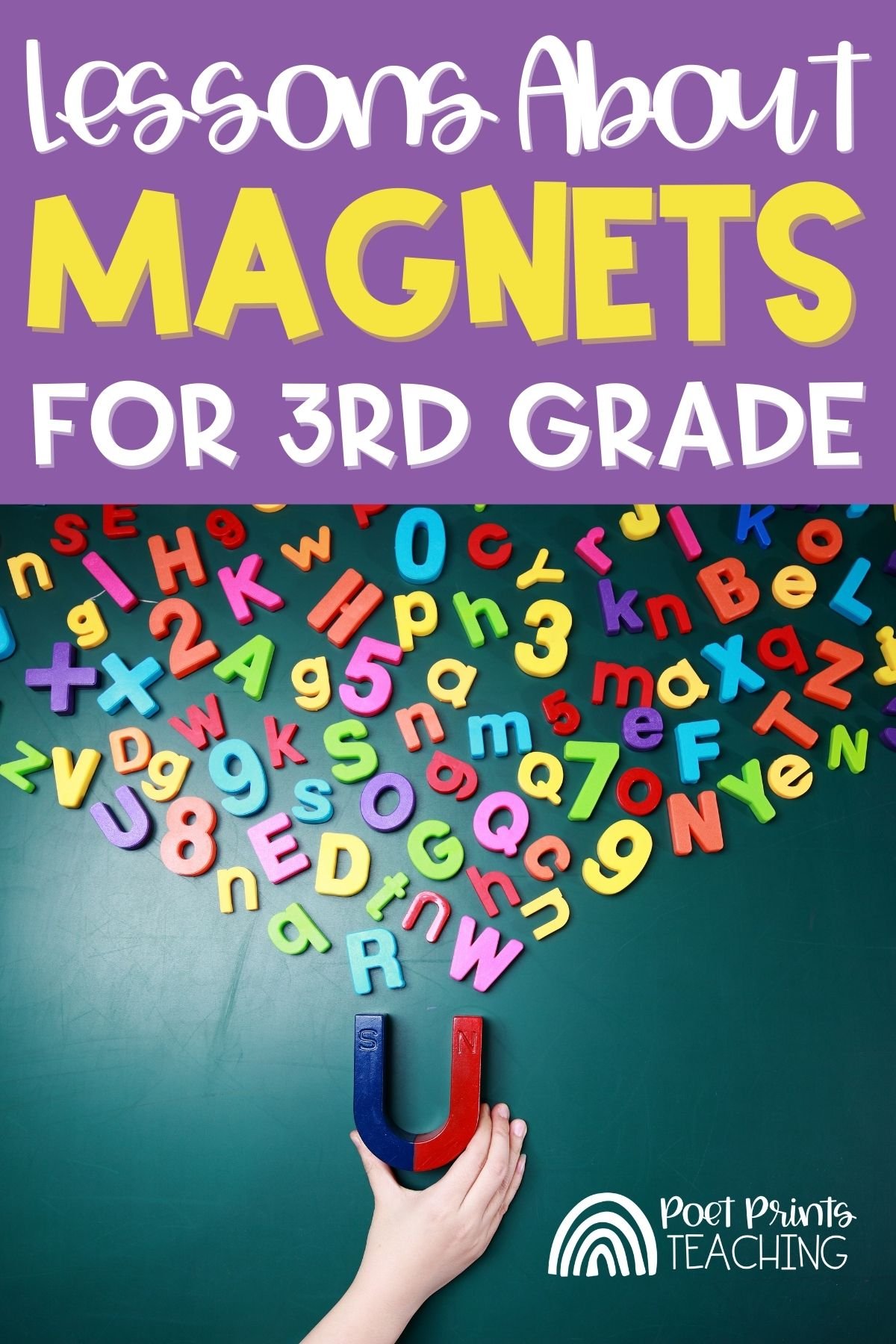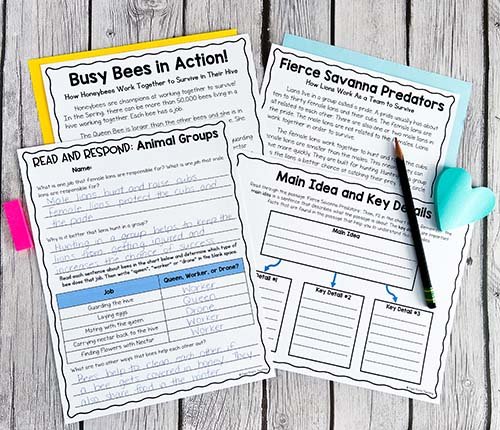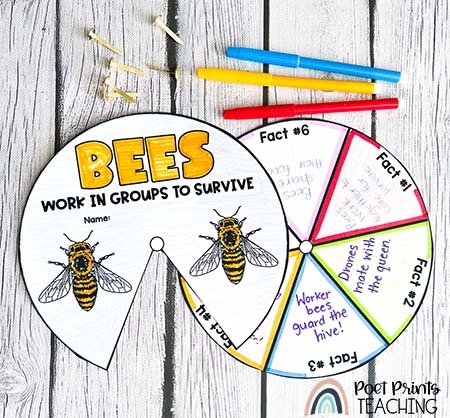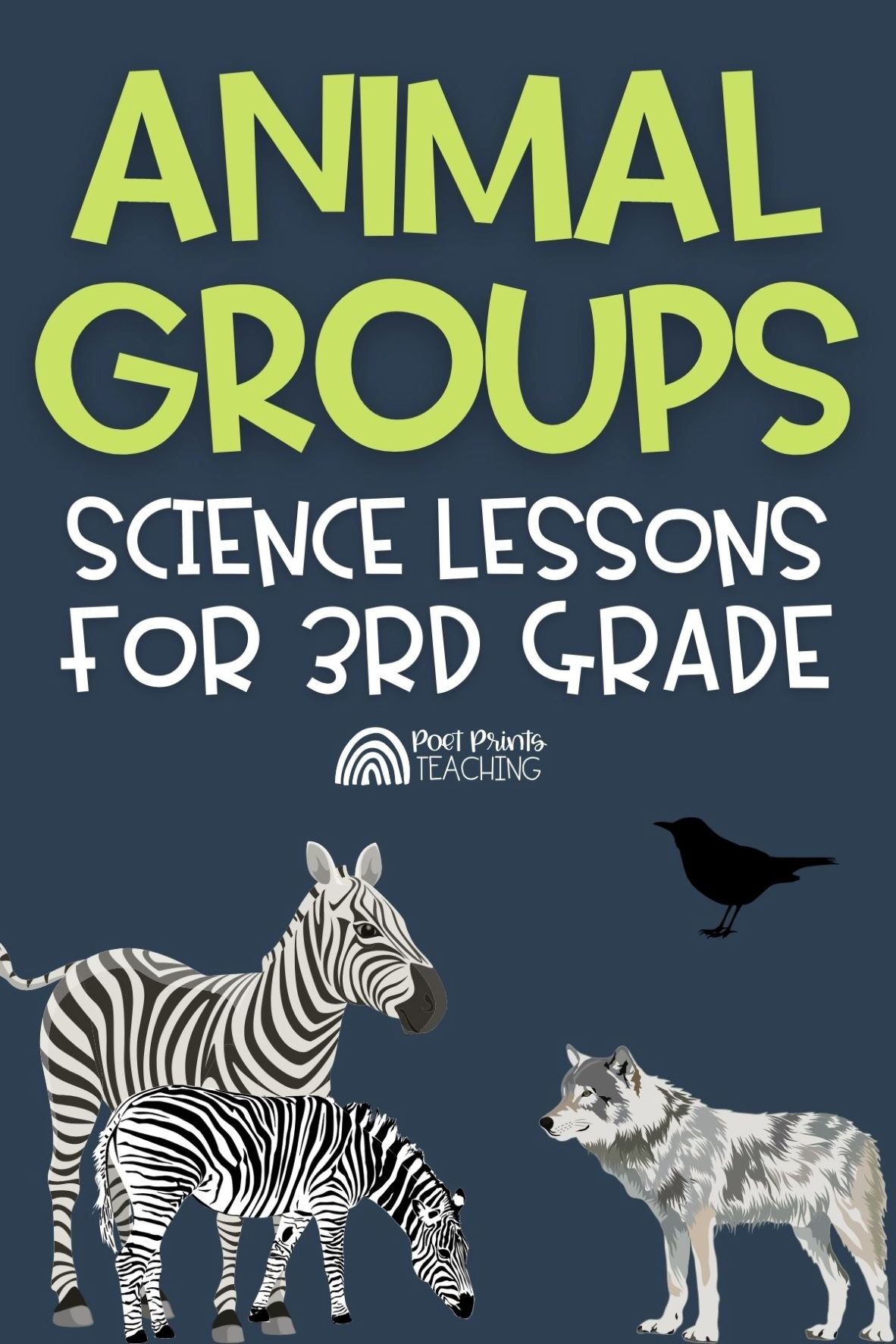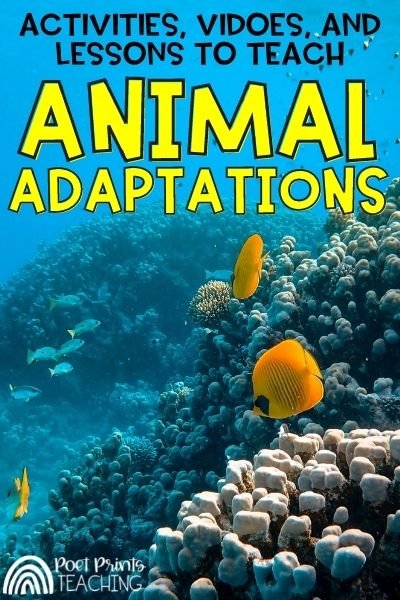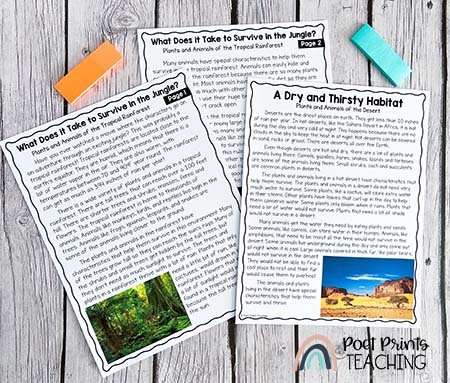Autumn is a great time to welcome new students, start new classroom routines, and jump into the Science curriculum. There are many fabulous science lessons and activities to teach in the fall. These hands-on science and reading activities are such a fun way to learn about apples, pumpkins, and leaves in second and third grades.
Which science topics are great for fall?
Aligning your science lessons to the season around you is a great way to make real-world connections. Fall is often filled with warm days, crisp nights, and many familiar sights. In the fall we often study apples, pumpkins (Hello, thanksgiving!), leaves, decomposition, and seasonal animals like turkeys or deer.
The easy way to teach pumpkins, apples, and leaves…
Plan your fall science units in a snap with these three hands-on, engaging science and reading units all about pumpkins, apples, and leaves. They’re perfect for 2nd and 3rd grade and integrate science and literacy standards. Just click and print!
LEAVES
Leaves are changing on the trees and falling from their branches. Students see this and might be wondering why this is happening. Jump feet first into some fabulous activities about leaves. These might include getting outside to become observers/detectives of leaves, conducting an experiment to answer the question “Why Do Leaves Change Color?”, doing art projects with leaves, and much more.
Check out this blog all about leaves activities.
APPLES
Apples are a such fun fall topic. There are many awesome books and YouTube videos about apples to engage students as they begin learning. Have students experiment to find out why apples turn brown. Take a look at and compare the nutritional information of various products made with apples. Learn about the life cycle of apples and create a spinner craft.
This blog has more details and ideas for teaching the topic of apples to second and third-grade students.
PUMPKINS
Pumpkins are another fall-tastic topic. Whether it’s watching YouTube videos, reading about pumpkins, learning the life cycle, or doing math with pumpkin seeds, there are plenty of activities to engage students as they learn about pumpkins.
For more details on these ideas, check out this blog about pumpkin activities for second and third grade.
Autumn is a natural time to teach apples, pumpkins, and leaves. Have fun engaging in these topics and teaching students to love science (and fall).











